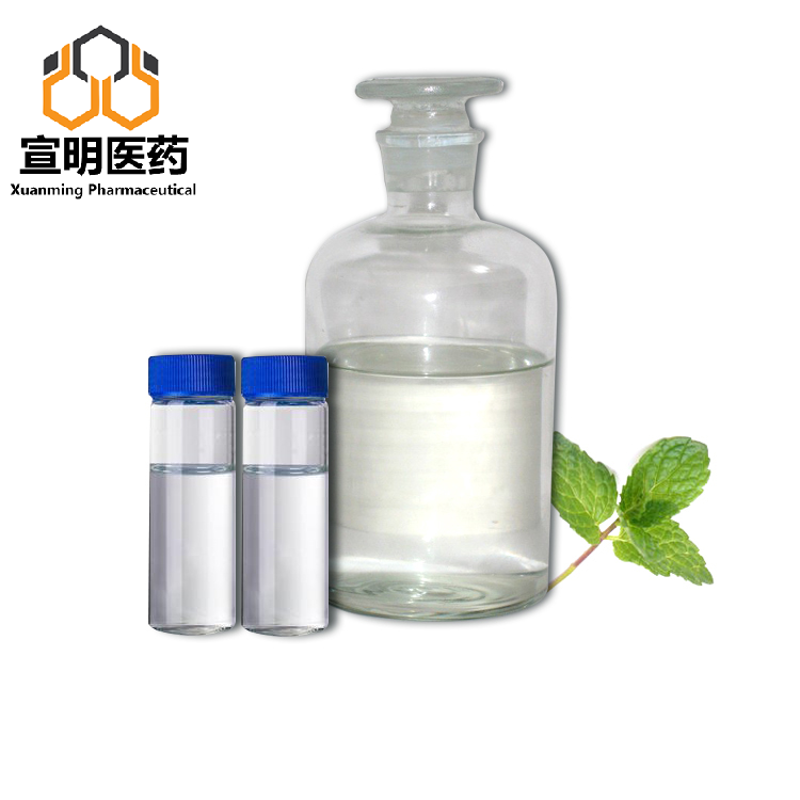-
Categories
-
Pharmaceutical Intermediates
-
Active Pharmaceutical Ingredients
-
Food Additives
- Industrial Coatings
- Agrochemicals
- Dyes and Pigments
- Surfactant
- Flavors and Fragrances
- Chemical Reagents
- Catalyst and Auxiliary
- Natural Products
- Inorganic Chemistry
-
Organic Chemistry
-
Biochemical Engineering
- Analytical Chemistry
-
Cosmetic Ingredient
- Water Treatment Chemical
-
Pharmaceutical Intermediates
Promotion
ECHEMI Mall
Wholesale
Weekly Price
Exhibition
News
-
Trade Service
| Calorie restriction can inhibit tumor growth |
Image source: ricka_kinamoto
Image source: ricka_kinamoto A new study describes a unique mechanism by which calorie restriction - not a ketogenic diet - inhibits tumor growth in mouse models of pancreatic cancer
.
Although both dietary interventions are thought to change tumor growth, this latest study shows that calorie restriction can limit tumor growth by changing the blood lipid levels of tumors
.
Low-glycemic index diets such as calorie restriction and ketogenic diet can minimize the peak blood sugar and insulin levels.
This effect is related to the inhibition of tumor growth in some animal models
.
Whether other metabolic changes associated with this type of diet will affect tumor growth remains to be studied
.
Matthew Vander Heiden of the Massachusetts Institute of Technology and colleagues studied the effects of calorie restriction and ketogenic diet on mouse models of pancreatic cancer and found that only calorie restriction can inhibit tumor growth
.
Calorie restriction—not a ketogenic diet—can reduce blood lipid levels in plasma and tumors.
It also reduces the activity of an enzyme that cancer uses to adapt to a low-lipid environment, which breaks the balance between unsaturated and saturated fat
In addition to mouse experiments, the authors also analyzed the relationship between dietary patterns and survival time of 1,165 pancreatic cancer patients
.
A diet high in fat and low in carbohydrates is associated with longer survival time
.
Related paper information: https://doi.
org/10.
https://doi.
org/10.
1038/s41586-021-04049-2 https://doi.
org/10.
1038/s41586-021-04049-2







